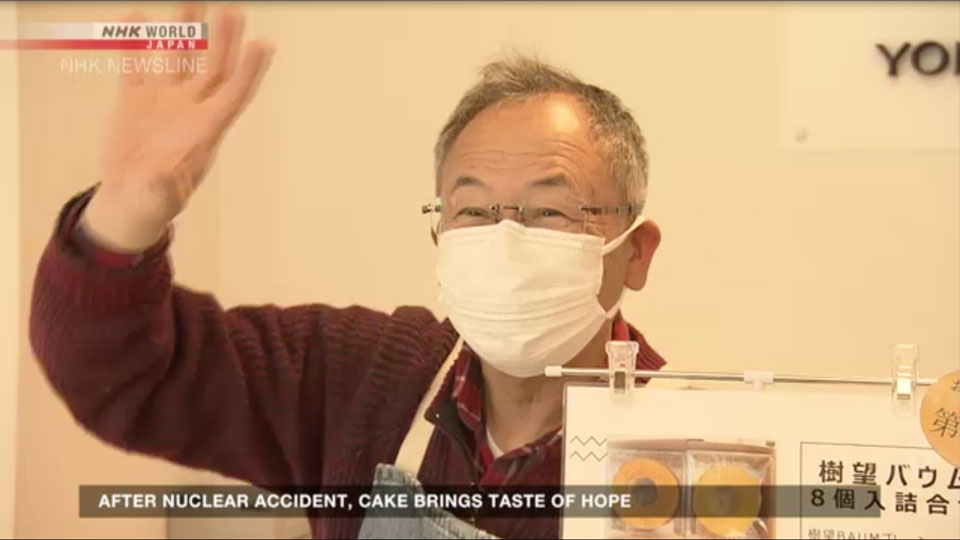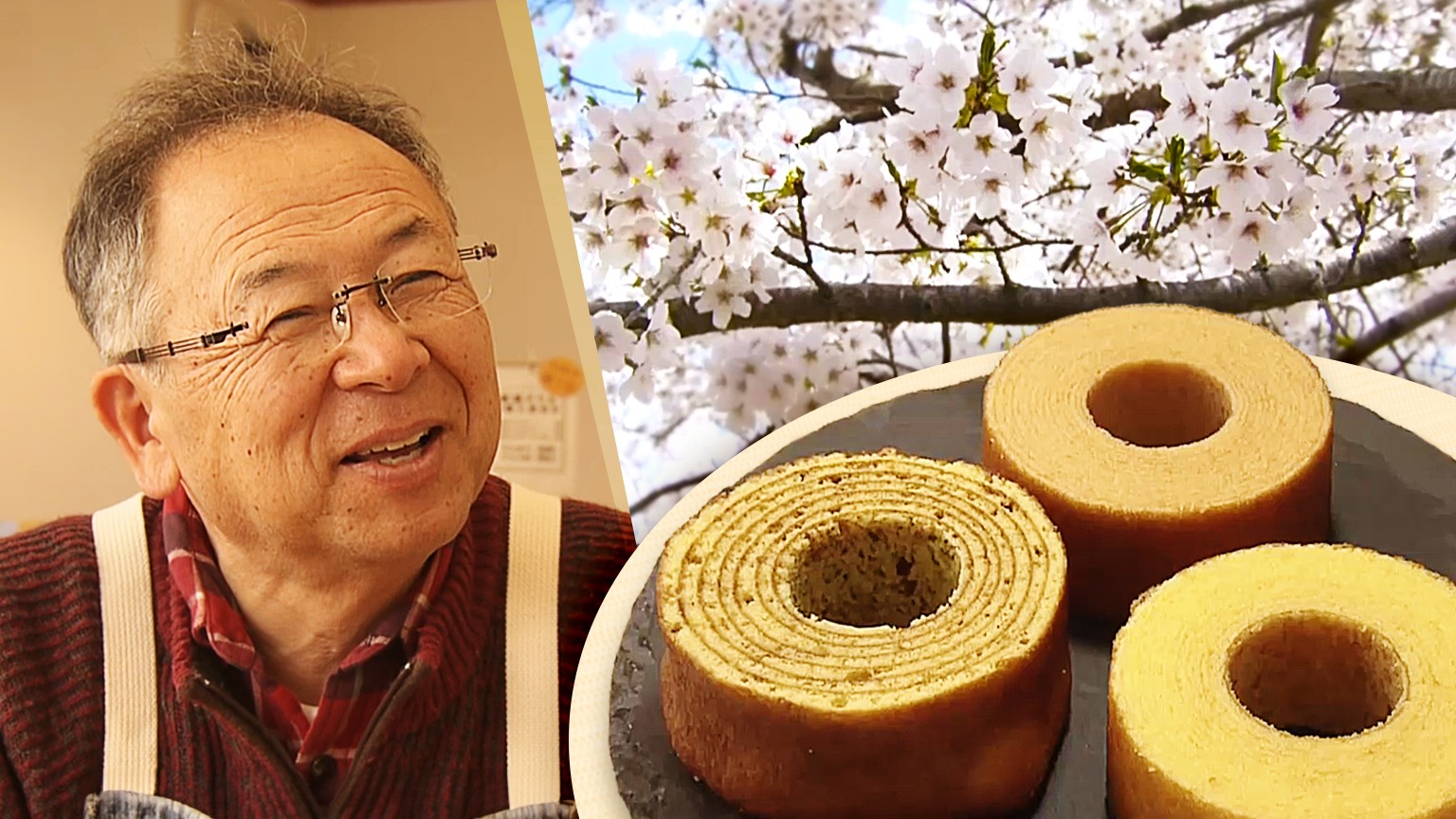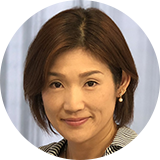Recipe for recovery
The Yonomori district of Tomioka was one of the last parts of the town to reopen. It was off-limits for 12 long years.These days, empty lots dominate the landscape.
That's partly what makes Baum House Yonomori so striking. The gleaming white bakery is a rare sign of revival in the troubled town.

The business was the brainchild of 63-year-old Endou Kazuyoshi, a Tomioka native who returned to the town almost as soon as the entry ban was lifted last year.
Endou is an architect but he felt he needed to do something new, and create a local specialty, to put Tomioka back on the map. He settled on baking baumkuchen, using only flour from rice grown in the town, as a nod to his roots.
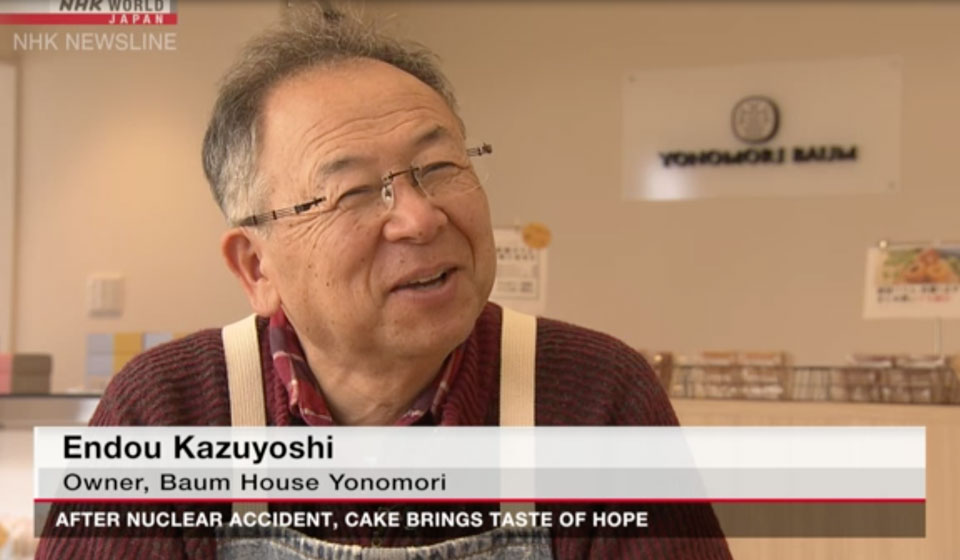
Endou says the rings of the baumkuchen represent the rings of a tree as it ages. As an architect, he is used to working closely with wood, and cherry blossom trees have always been a symbol of the town.
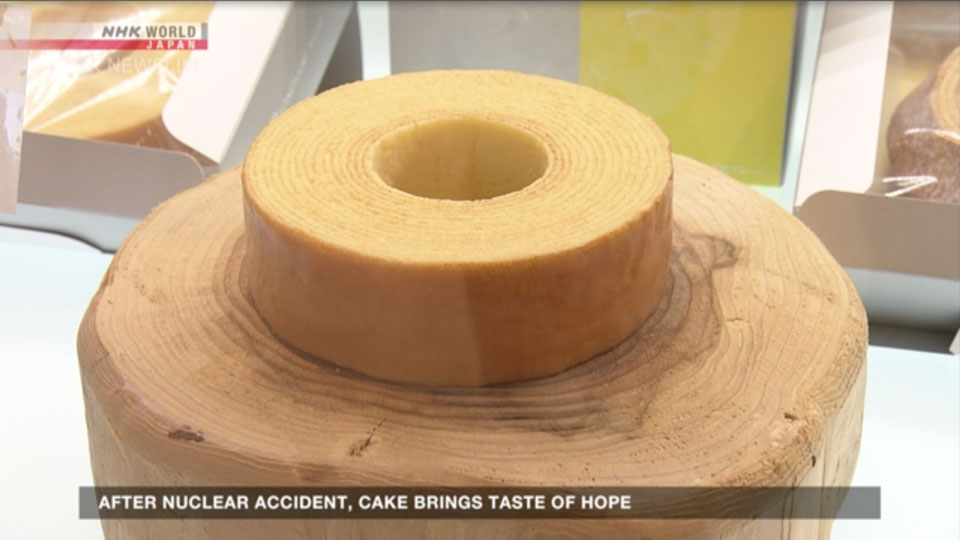
Endou says it might look strange — reckless even — to open a business in a town so sparse, but "we can never move forward if we don't at least try."
The bakery has been a quick success, and he can sell around 200 cakes on a good day.
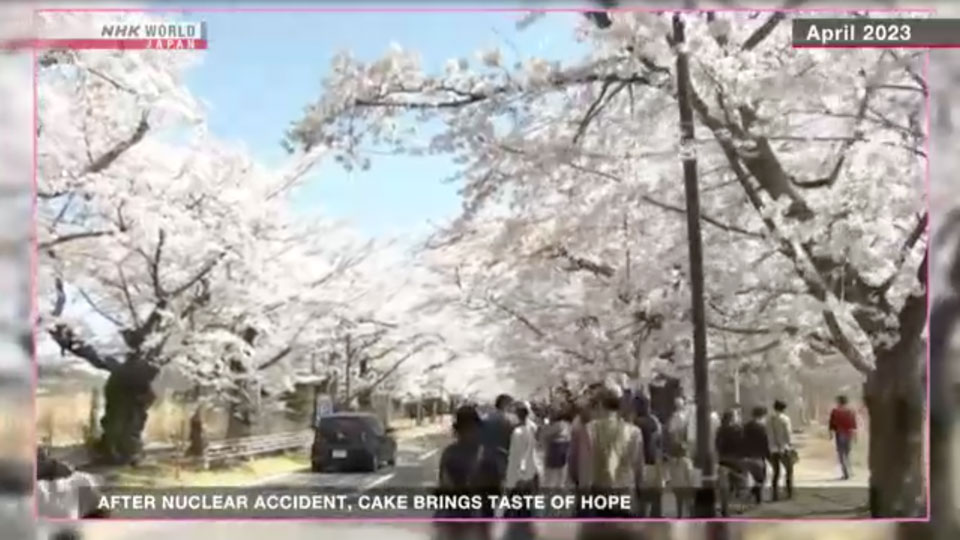
New faces in town
Only around 1,000 of the original 16,000 residents have returned to Tomioka, but another 1,000 people have opted to move there.
Saito Yuki is one of the new faces. He remembers visiting Tomioka before the disaster and was shocked to see how it had changed when he went there for business a few years ago. He says he decided to move there with his family to help rebuild it. He and his wife have just welcomed their third child.
Endou and other residents, including new families like the Saitos, have been preparing for what is traditionally a major event on the Tomioka calendar: the cherry blossom festival. In the center of the town is a street lined with trees that form a canopy of pink when in full bloom. That marks the arrival of spring and symbolizes new beginnings — an idea more poignant now than ever.
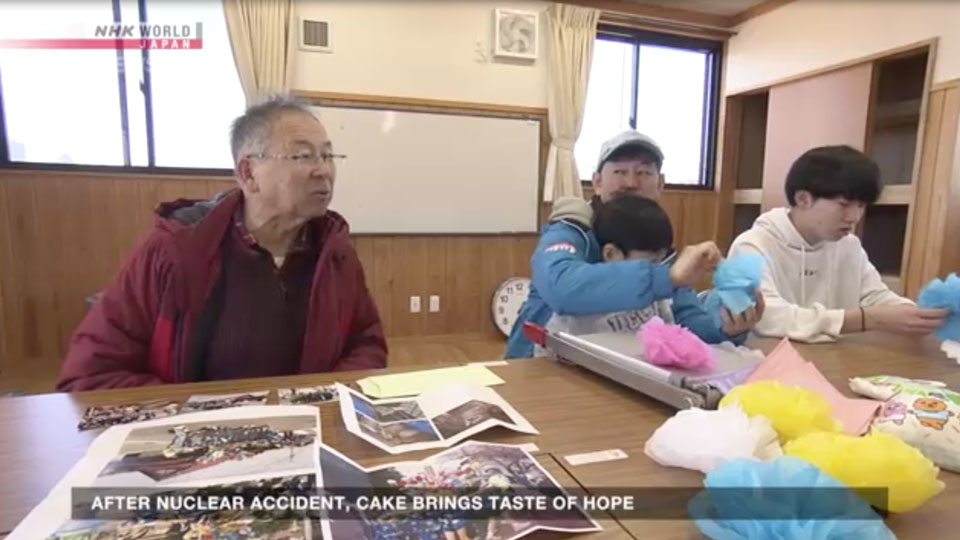
One of the consistent highlights of the festival has been the town's children carrying the small portable shrine, or mikoshi. Endou recalls when his own children carried it many years ago, and has been determined to revive the tradition.
He hopes it will help bring together residents old and new.
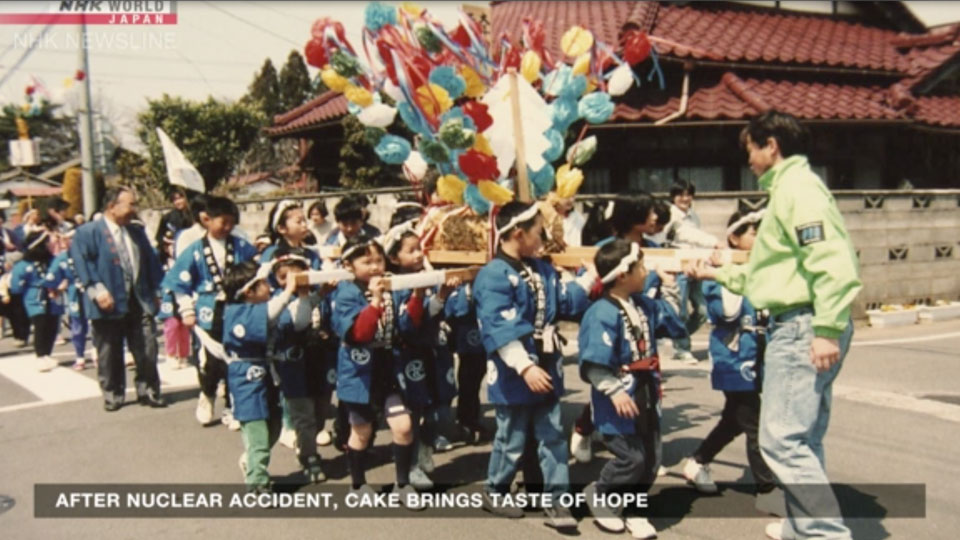
A few weeks before the festival, Endou and about 100 other volunteers gathered to plan and prepare. Despite an unusually strong wind, they cleaned up the streets and planted flowers around the town's symbolic cherry tree.
"The cherry trees flowered spectacularly even when we were absent for 12 years," he says. "This time, with us around, they will continue to bloom beautifully, but still, we want to help them look even prettier to welcome guests."
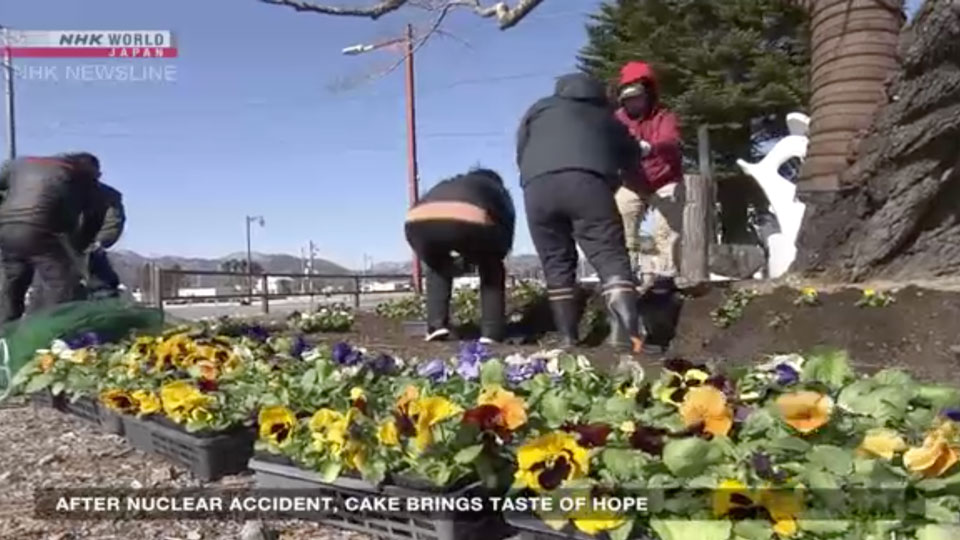
Endou says this is but a brief chapter in his hometown's history. He says he wants to contribute to it, in some small way. One day, he hopes people will look back on it fondly, like the age rings of a tree — or a layer of delicious cake.
